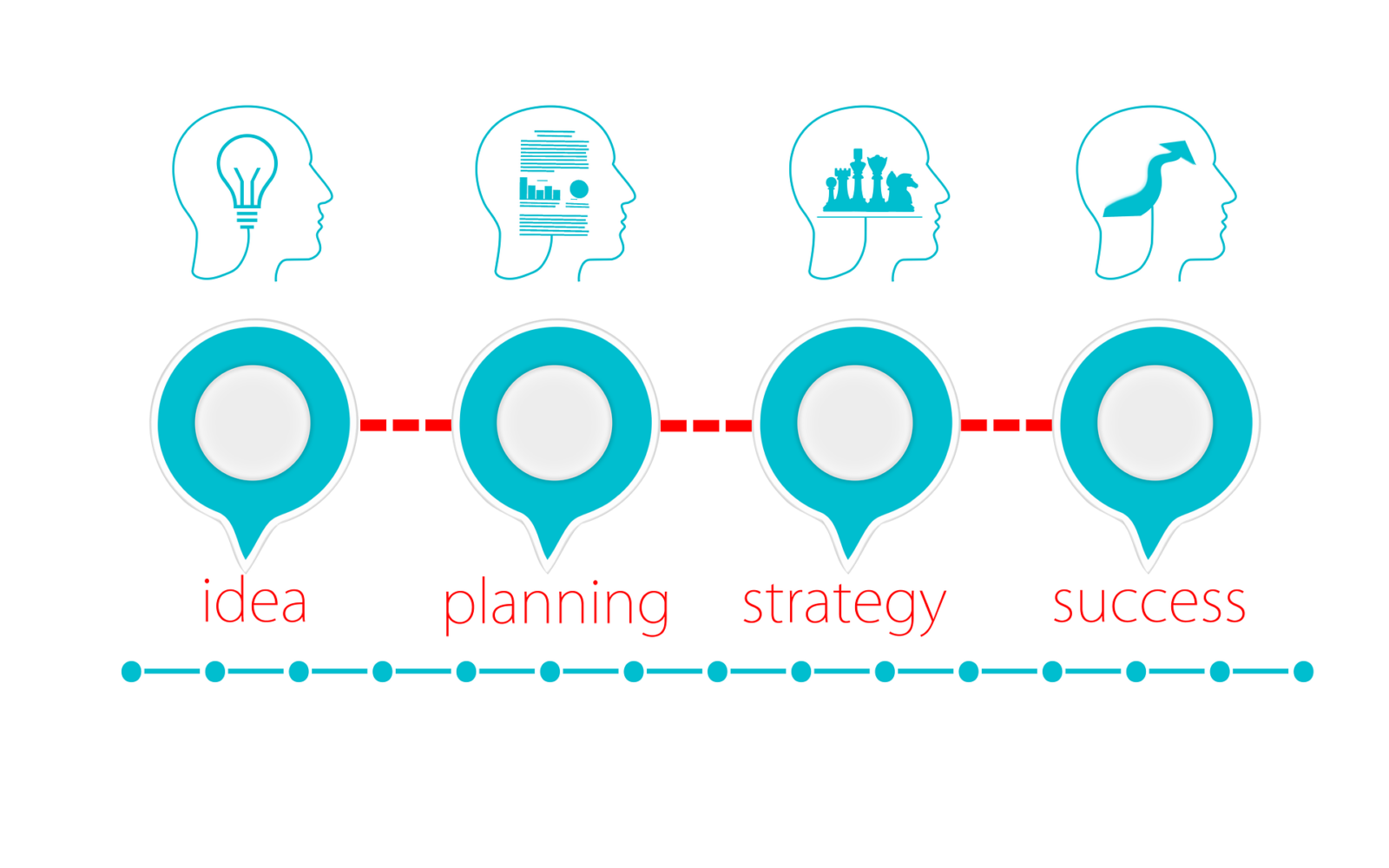The more effective your delivery methodology is in your business, the lower the costs you will have to bear and the quicker you’ll be able to complete the process. Being able to invest in a new business solution for your organization can provide a number of benefits. However, the success or failure of said solution is highly dependent on the effectiveness of the delivery implementation.
What is and why is Delivery methodology important for your business and IT initiatives?
We can define Delivery methodology as a successful approach to be able to implement solutions across industries. It provides content, tools and expertise from many successful implementations. Basically, the delivery methodology is the way your organisation organises itself to maintain technology and deliver IT change.
One of the many studies carried out in the last few years showed that 30% of projects have failed because of a lack of effective project planning. That shows just how important that methodology is.
The delivery methodology should also take into account different parts of your organization. These include the decisions your team has made with regards to technology, the maturity and size of your team, the relationships you have with third parties, and the individual characteristics of your organization.
One of the most important parts of the Delivery Methodology is the process of converting business needs into technical delivery. Organizations fight with TOGAF, Prince2, Agile, ITIL, Cobit among others in order to have industry standards, and so, achieve excellence in strategic planning. However, these frameworks can often be competing against each other. Organizations most of the time are more focused on satisfying the needs of those frameworks instead of their customers.
In the next section, we will take a look at the constituents parts as well as the types of the methodology we can find.
Constituent parts & Types of methodology
We find that the delivery methodology, has the following constituents parts:
- Content: Content such as processes, procedures, and accelerator checklist that are necessary for the Initial upgrade of implementation of solutions.
- Toolset: Tools necessary for the initial, upgrade, extension, and template of implementations of solutions.
- Roadmaps: Guidance is necessary for the Initial, upgrade extension implementation of solutions.
- Expertise: Knowledge of its partners and customers based on experience.
Implementation solution is used for the initial, upgrade, and extension of the Implementation of Solutions and supports the cost-effective and speedy implementation of the solutions.
The delivery of the Implementation Methodology is supported by 3 key pillars:
- Solution Composer: Delivers business maps in the form of Solutions maps and also Collaborative business maps.
- Roadmaps: Delivers a set of roadmaps composed to fit particular project needs.
- Solutions Management: Delivers functionality as well as content for blueprinting, configuration, testing and even operations.
There are many different methodologies to choose from. However, most of them have a number of common concepts:
- Project Planning
- Process analysis
- Setting
- Training
- Testing/migration
- Commissioning/Startup
In the next section, we will talk about the benefits of using the Delivery methodology in your organization efficiently.
Benefits of an effective Delivery methodology
A more efficient delivery methodology can provide your company with the following benefits:
- Reduce the cost of the overall implementation of projects and initiatives, as well as your day-to-day delivery operations.
- Faster time to market thanks to well-planned and coordinated team efforts.
- Improve the accuracy of your estimates to enable you to work in better harmony with the business and your partners.
- Minimize unforeseen issues by being better prepared and organized.
- Increase team motivation, productivity, and retention with well-defined and decipherable roles, approaches, and responsibilities.
- Higher standards with respect to your deliverables, including documentation, making your work more supportable, understandable, and accessible.
- Better alignment between business strategy and delivery.
- Better traceability across project lifecycle and better visibility for management.
- More flexibility to pivot in line with changing business requirements.
- Extends across all aspects of the project life cycle, from strategic reviews, to design, implementation and training, and finally, post-project support.
- Provides a PMI-aligned framework with templates and tools for carrying out effective project management.
Conclusion
The delivery and implementation of a new methodology in an organization is a major step and should be managed according to the established principles of change management. A methodology is a system (of procedures, communications, etc.) and should be implemented according to established guidelines for good system implementation. When an organization fails to approach delivery in a consistent and effective manner, technical debt will unknowingly build, projects will take longer to be delivered, and the ongoing burden of operations overheads for delivered initiatives will increase.
Attention to these principles and guidelines will reduce the chances of the methodology slowing down and increase the chances of the promised benefits being both achievable and attained.
Does your technology team have the capacity to deliver the change your business requires in an effective, logical, and efficient way? If you still have doubts, we recommend you take our brief survey (Integration Maturity Assessment) better understand your business’ strengths and weaknesses.


Talk to our experts!
Contact our team and discover the cutting-edge technologies that will empower your business.
contact us






